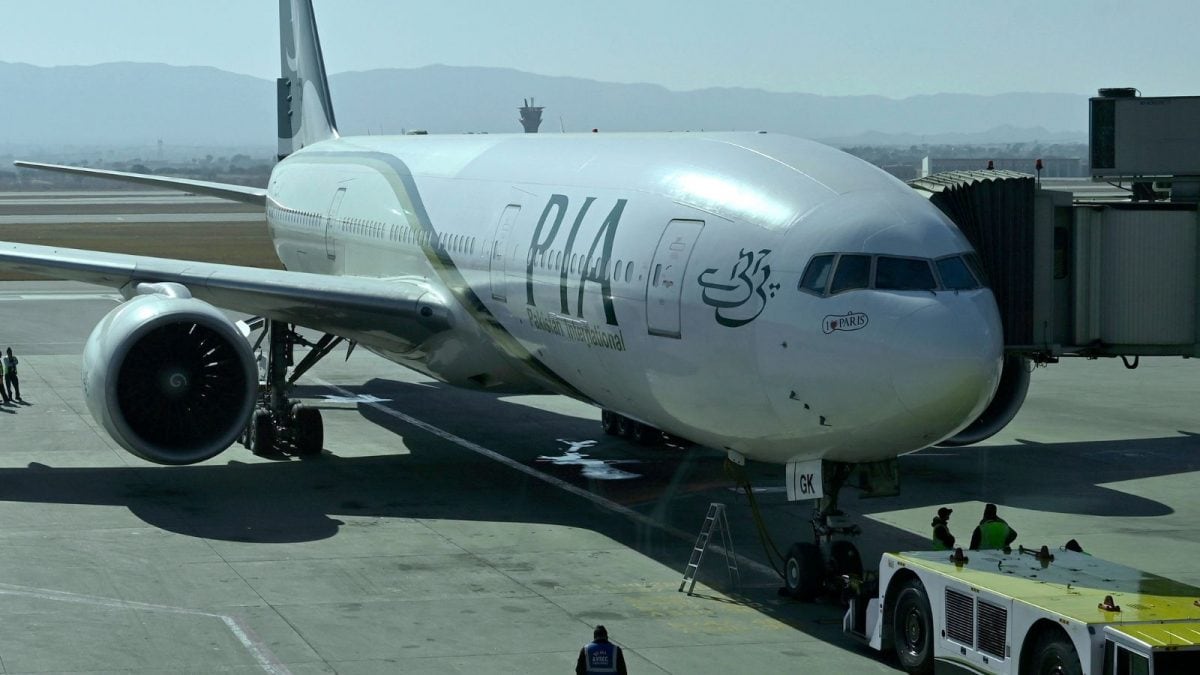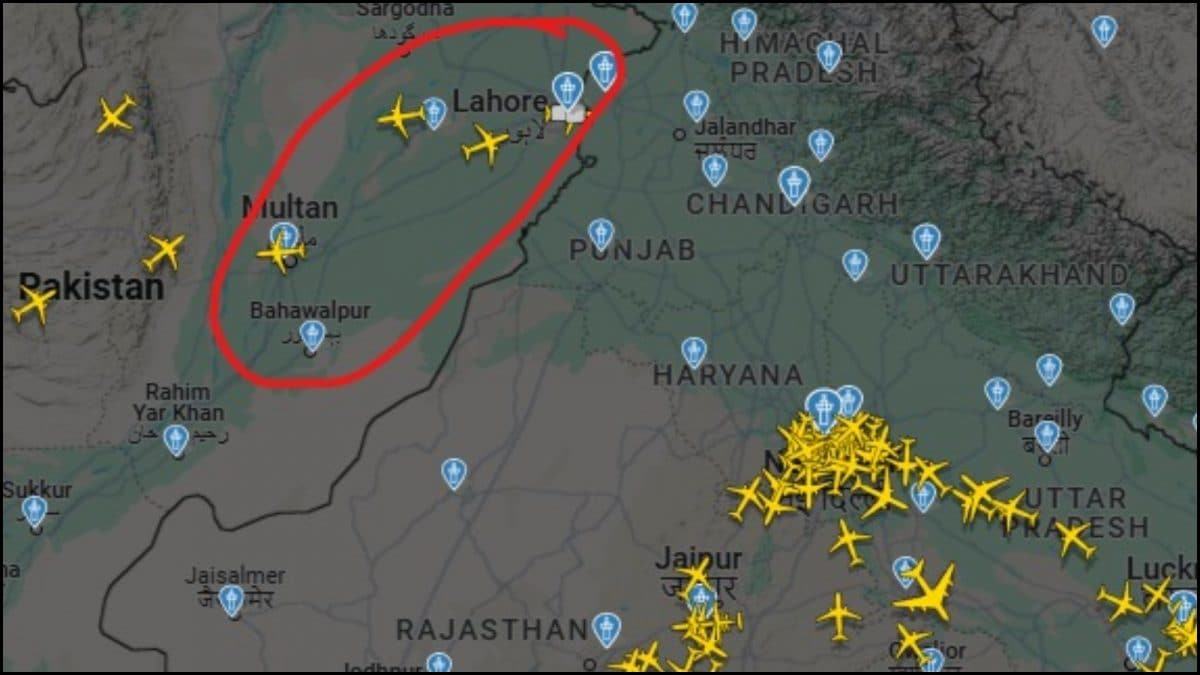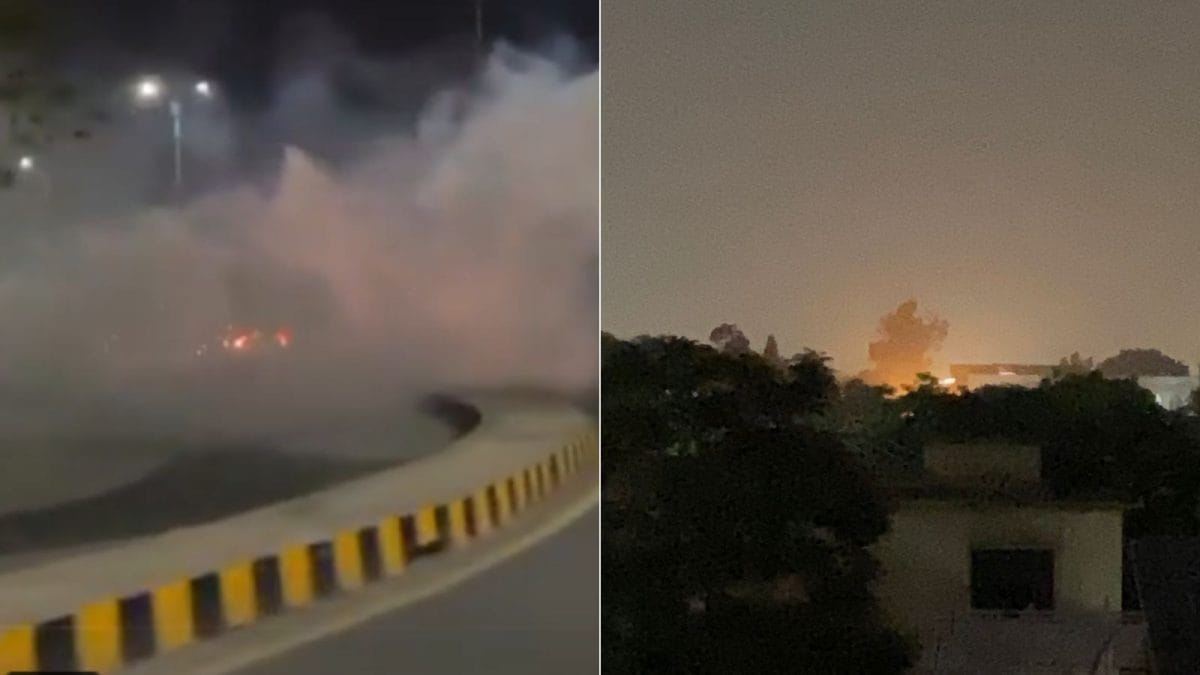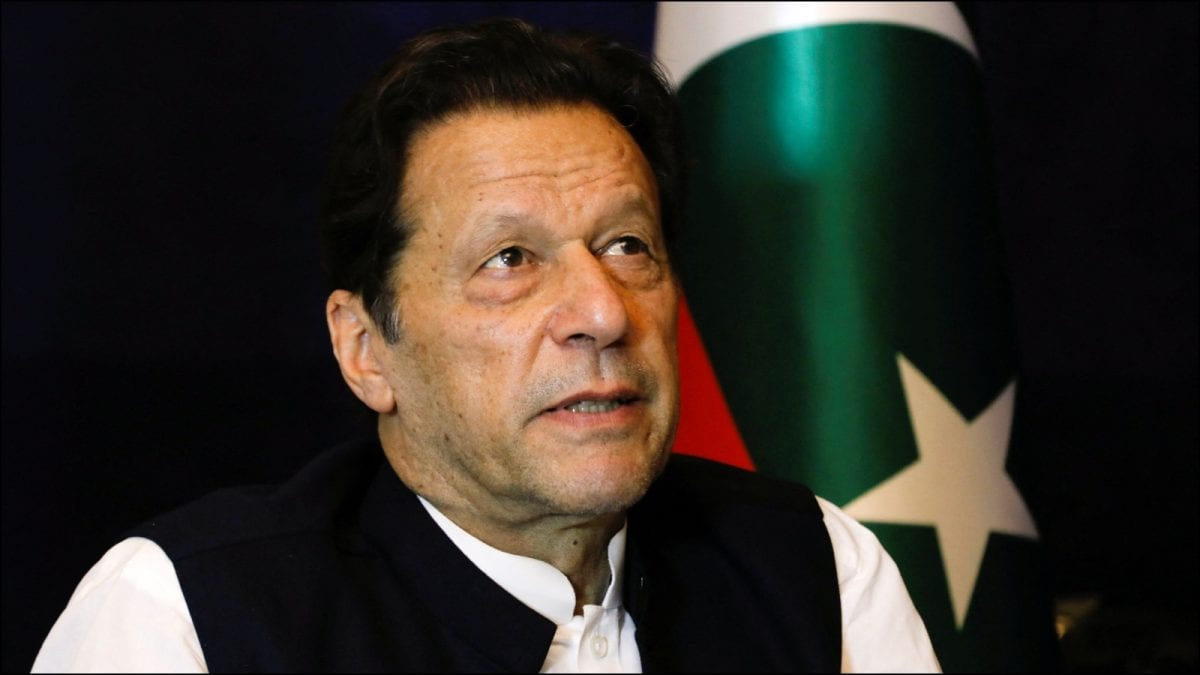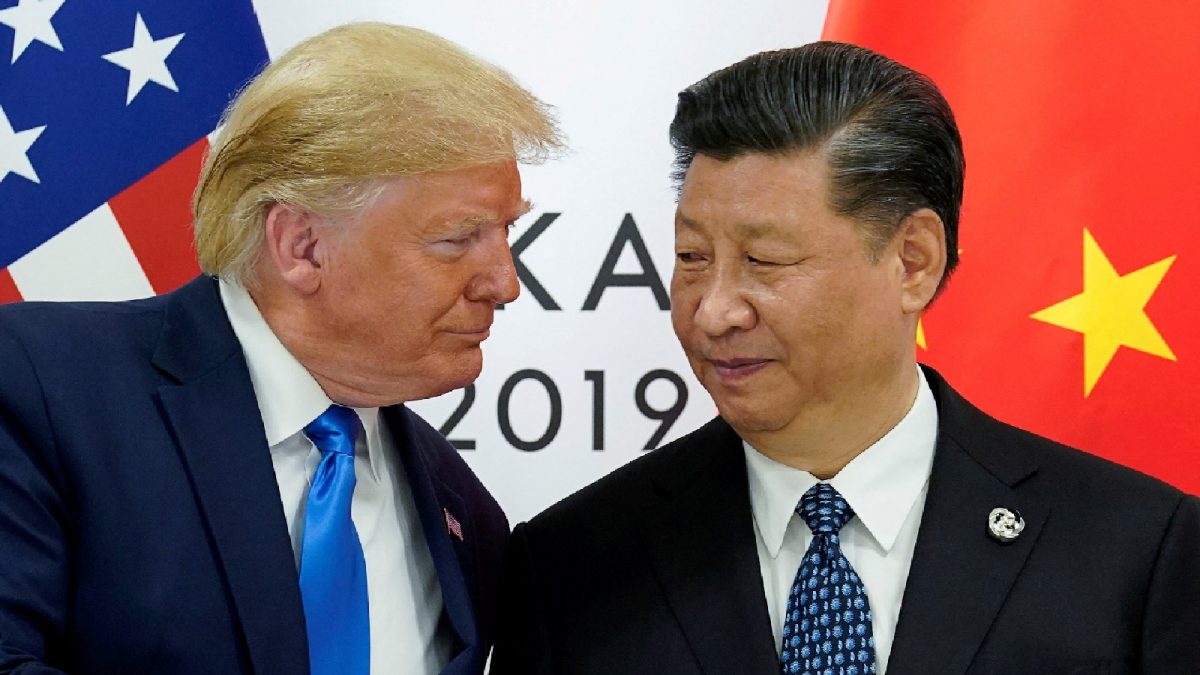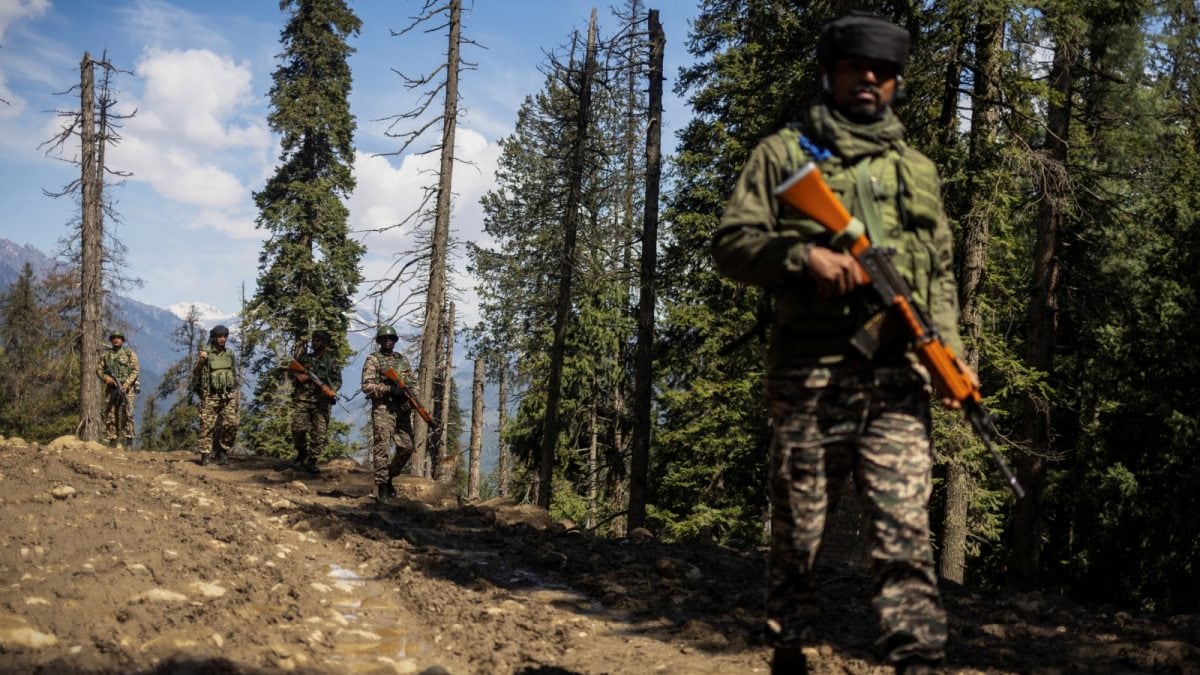Last Updated:April 03, 2025, 12:32 IST
Prime Minister Narendra Modi arrived in Thailand for the BIMSTEC Summit, meeting with PM Paetongtarn Shinawatra and King Maha Vajiralongkorn. BIMSTEC, founded in 1997, includes seven member states.

EAM Jaishankar said that BIMSTEC represents the trifecta of India's three crucial initiatives. (Photo: X/DrSJaishankar)
Prime Minister Narendra Modi on Thursday arrived in Thailand where he will attend the “BIMSTEC" Summit and also hold meetings with Prime Minister Paetongtarn Shinawatra and King Maha Vajiralongkorn.
External Affairs Minister S Jaishankar, who is already in Bangkok, participated in the 20th BIMSTEC Ministerial Meeting today. Jaishankar said nations around and proximate to the Bay of Bengal have both common interests and shared concerns.
“Task before BIMSTEC is to be realistic about where we stand today, confident about the foundation of our endeavours and optimistic about its coming possibilities… India is aware of its special responsibility in regard to BIMSTEC. India connects most of them, provides much of the interface between the Indian Sub-continent and ASEAN," he said.
What Is BIMSTEC?
The Bay of Bengal Initiative for Multi-Sectoral Technical and Economic Cooperation (BIMSTEC) is a regional organisation consisting of seven member states located around the Bay of Bengal. This sub-regional organisation was established on 6 June 1997 through the Bangkok Declaration. The seven member states include five from South Asia—Bangladesh, Bhutan, India, Nepal, and Sri Lanka—and two from Southeast Asia—Myanmar and Thailand. Originally, the economic bloc started with four member states under the acronym ‘BIST-EC’ (Bangladesh, India, Sri Lanka, and Thailand Economic Cooperation).
On 22 December 1997, Myanmar joined during a special Ministerial Meeting in Bangkok, leading to the group’s renaming as ‘BIMST-EC’ (Bangladesh, India, Myanmar, Sri Lanka, and Thailand Economic Cooperation). The inclusion of Nepal and Bhutan at the 6th Ministerial Meeting (February 2004, Thailand) resulted in the organisation’s current name: ‘Bay of Bengal Initiative for Multi-Sectoral Technical and Economic Cooperation’ (BIMSTEC).
BIMSTEC member countries cooperate in various sectors, including trade, investment, and development; agriculture, fisheries, and livestock; tourism; security; environment and climate change; and science, technology, and innovation.
BIMSTEC encompasses 1.67 billion people, a total GDP of $2.88 trillion, and a significant source of high-value energy. Intra-BIMSTEC trade has increased from $5 billion in 2000 to $60 billion in 2023, according to the Financial Express. However, the region has not yet finalised a regional free trade agreement, despite ongoing negotiations for over two decades.
The Chairmanship of BIMSTEC rotates in alphabetical order based on the English names of the member states. The chairmanship transfer occurs during a Summit Meeting, where the current chairing member state hosts the Summit and hands over the Chairmanship to the next member state in alphabetical order. India held the chairmanship of BIMSTEC in 2000 and from 2006 to 2008. Thailand has been the chairman since 2022 and Bangladesh is next in line.
Why BIMSTEC Is Crucial For India?
As China expands its maritime capabilities and naval presence amid the Washington-Beijing rivalry, the Bay of Bengal is becoming a contested zone once again, making BIMSTEC crucial for India in countering China’s growing influence in the Indian Ocean region.
The previous effort at regional cooperation in South Asia, primarily the South Asia Association for Regional Cooperation (SAARC), which includes Pakistan, remains inactive for a very long time. While Sri Lanka, burdened by Chinese debt, has begun to distance itself from Beijing, Bangladesh, which is set to assume the next BIMSTEC chairmanship, might pose some challenges.
Muhammad Yunus, who was appointed chief of Bangladesh’s interim government after the collapse of the Sheikh Hasina regime, has already said that the national election could be delayed until 2026. The BIMSTEC Secretariat in Dhaka had been actively supported by previous Bangladesh governments for its operations. With Pakistan playing to the Chinese tunes, Bangladesh’s new friendship with Beijing has raised an alarm for India and other BIMSTEC nations.
EAM Jaishankar said that BIMSTEC represents the trifecta of India’s three crucial initiatives: the Act East policy, the Neighbourhood First approach and the MAHA-SAGAR outlook and asserted that it is also on the pathway to New Delhi’s Indo-Pacific commitment.
He said that India’s North-Eastern region in particular is emerging as a connectivity hub for BIMSTEC while highlight that the IMT Trilateral Highway will connect India’s North East all the way to the Pacific Ocean.
Jaishankar said BIMSTEC should deepen our collaboration by directing energies towards the most visible convergences, especially in grid connection, digital infrastructure, business activities, maritime & land transport, blue economy and health, food and energy security.
“We are conscious that our cooperation and facilitation are an essential prerequisite for the smooth flow of goods, services and people in this larger geography…The world is moving to an era of self-help. Every region needs to look out for itself, whether it is in food, fuel and fertiliser supply, vaccines or speedy disaster response. Shorter supply chains and immediate neighbours have a salience much more than before," he added.
Location :Bangkok, Thailand
First Published:April 03, 2025, 12:26 IST
News world PM Modi In Bangkok: What Is BIMSTEC And Why Is It Significant For India's Strategic Interests?

 1 month ago
1 month ago

